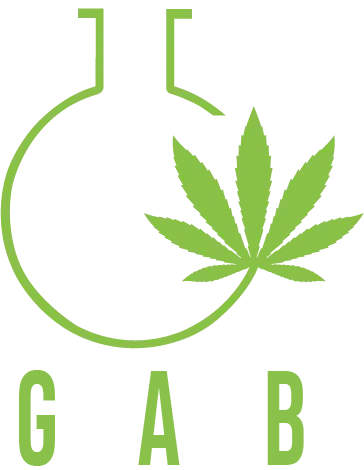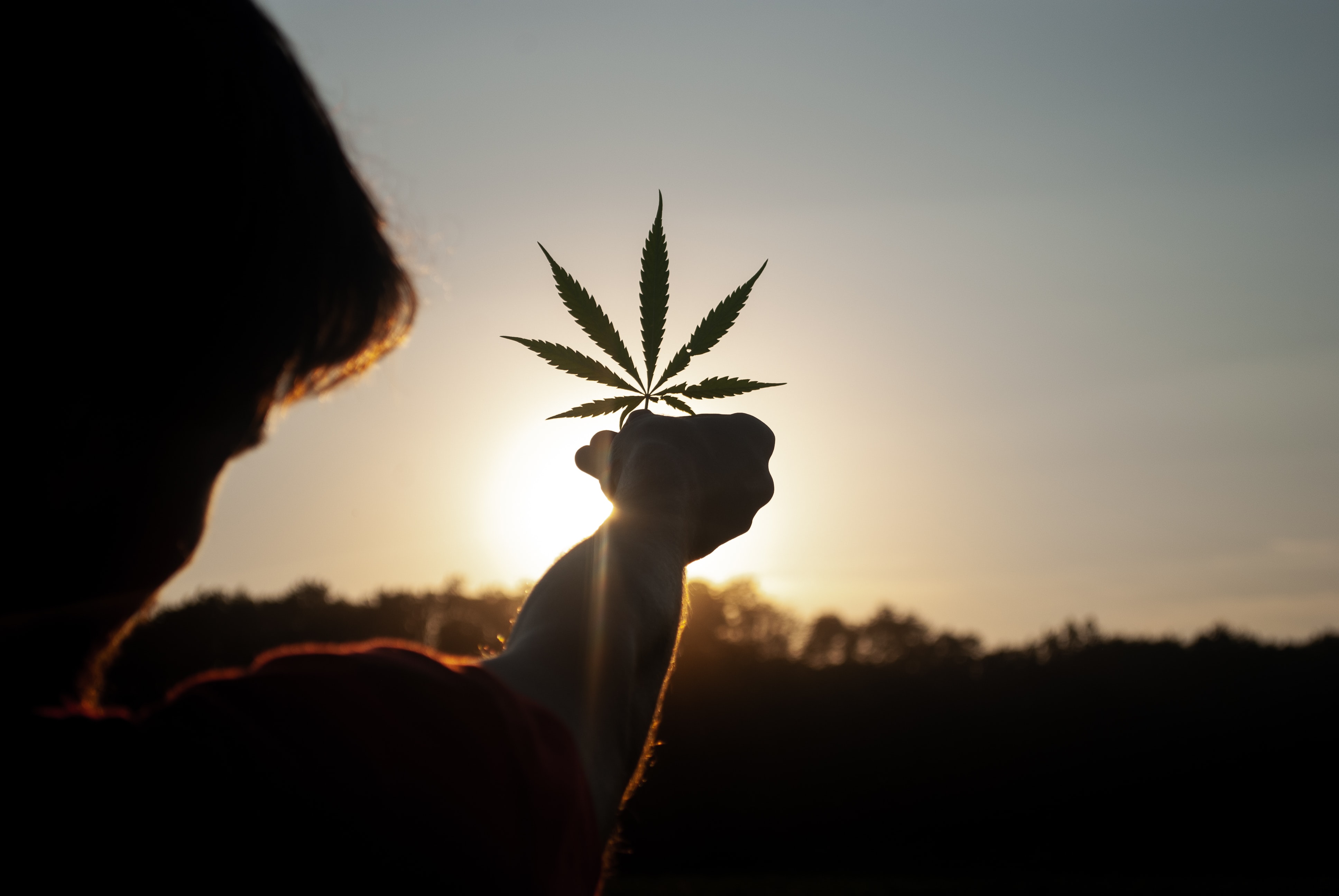While the benefits and risks of cannabidiol, or CBD, are well known and include upsides such as pain relief and inflammation reduction and potential downsides like upset stomach or irritability, some people aren’t aware of the different forms the chemical compound is available in. It can be taken as an ingestible edible via foods, pills, beverages and gummies, or absorbed through the skin by way of topical applications like creams, lotions or ointments.
But one of the most popular forms of CBD is CBD oil. “What is commonly referred to as CBD oil is often hemp oil, which contains CBD,” explains Janice Newell Bissex, MS, RDN, FAND, holistic cannabis practitioner at Jannabis Wellness. Though CBD oil and other forms of CBD share many health benefits, there are also ways in which products differs.
What is CBD oil?
CBD oil is derived from the cannabis (marijuana) sativa plant; but like all CBD products, it is not impairing − meaning it does not cause a “high” like marijuana does. To manufacture CBD oil, it has to be “extracted from the plant and diluted with a carrier oil, such as hemp seed oil or MCT (medium-chain triglyceride) oil,” explains Josh Redd, NMD, the founder of RedRiver Health and Wellness and author of “The Truth About Low Thyroid.” That carrier oil combination is vital because raw CBD oil is a thick, oily paste, but the carrier portion “helps to dilute the CBD extract and enhance its absorption,” says Redd.

